Owners and managers of street and area lighting need high quality, reliable information to support informed decisions about Smart Lighting and Smart City-related projects. Until now, most of this information has either been scattered across a vast number of academic studies, or websites with unsourced information and marketing-speak.
This article is intended to provide a supportable, accurate framework to help answer these questions: “Why should our organization care about Smart Street Lighting? What do street lights have to do with our Smart City vision?”
The Benefits of Smart Street Lighting
This paper is meant for those who build their own internal business cases or read them in the course of their work. It will show that :
- Moving street and area lighting from unmetered to metered rates and cut energy costs by 50% or more
- Enabling adaptive, standards-based lighting based can provide operational savings of up to 70%
- Smart lighting can extend the life of LED lamps by 60%-70%
- Smart lighting-enabled networks can reduce the cost of sensor and device operations by 60%-80%
- Smart lighting projects can have a typical project break-even of less than five years
- Smart Lighting provides 85%+ of the economic benefits versus LED retrofit projects
- A Smart City sensor project can provide 250%+ of LED retrofit project benefits
- Additional non-financial benefits of Smart Lighting include a reduced impact on:
- Nighttime dark sky visibility
- Animal health, migration, and reproduction
- Human mental, physical, and behavioural health
Tondo’s Smart Lighting system provides a complete and secure Smart City network and IoT (“Internet of Things”) management platform based on interoperable, open standards technologies.
A guide for CIOs and their teams to understand the technology requirements to support this business case can be found on the Tondo website: “A CIO’s Guide to Smart Street Lighting-Enabled Smart City Networks”.
This standards-based approach enables cities to avoid being locked into proprietary vendor technologies and maximizes the useful life of a Smart City network.

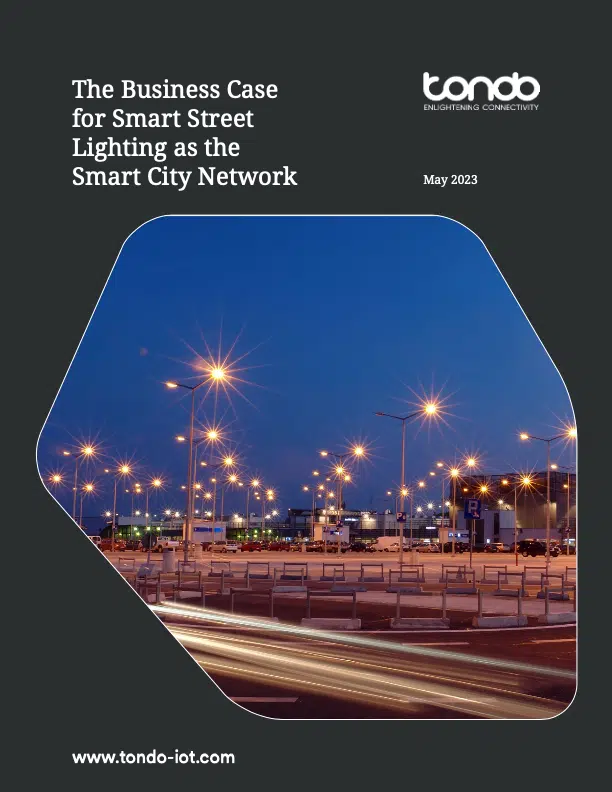
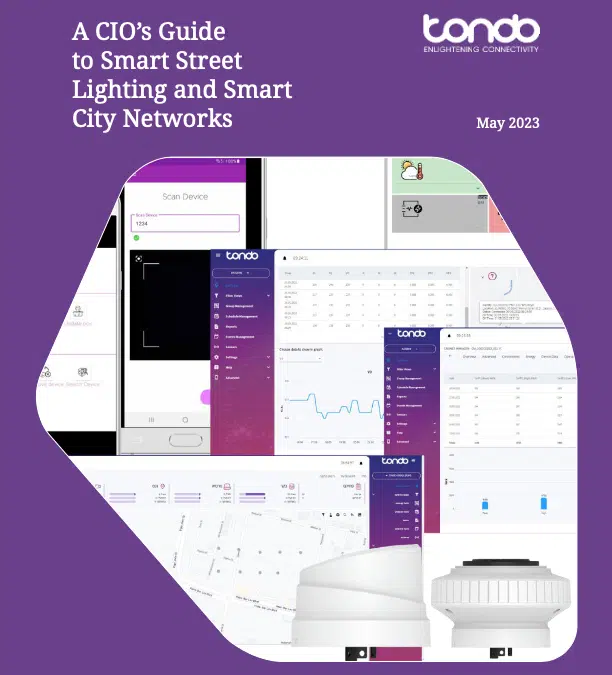
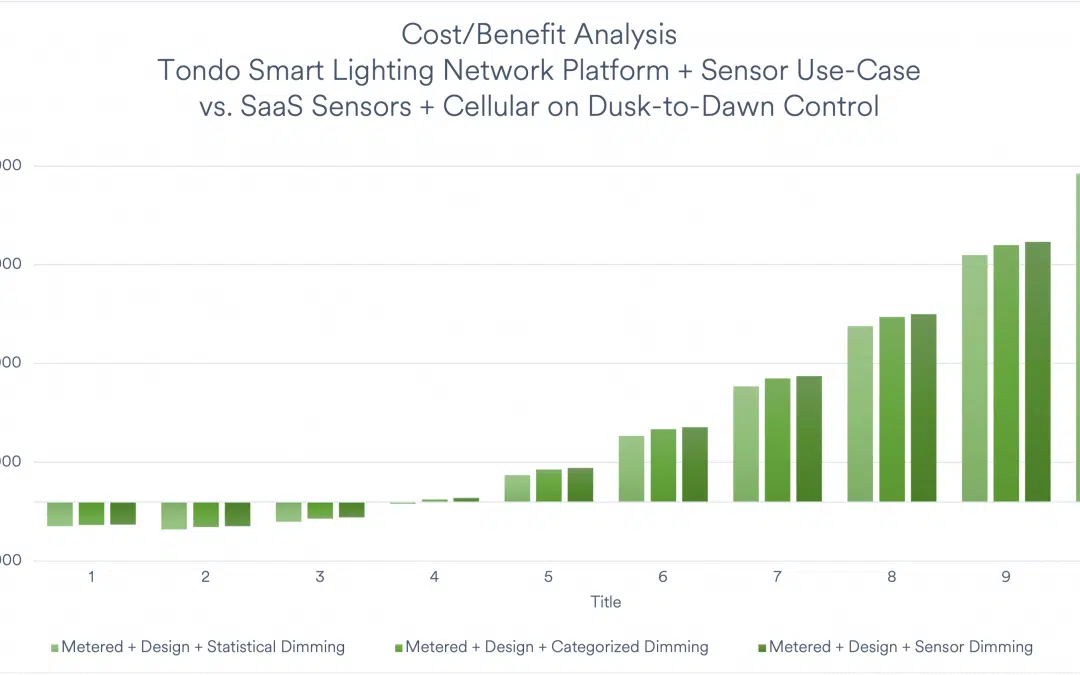
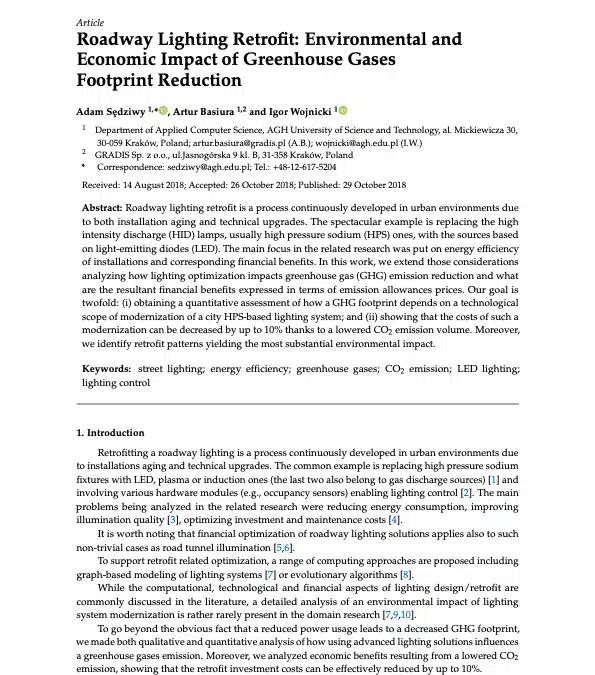

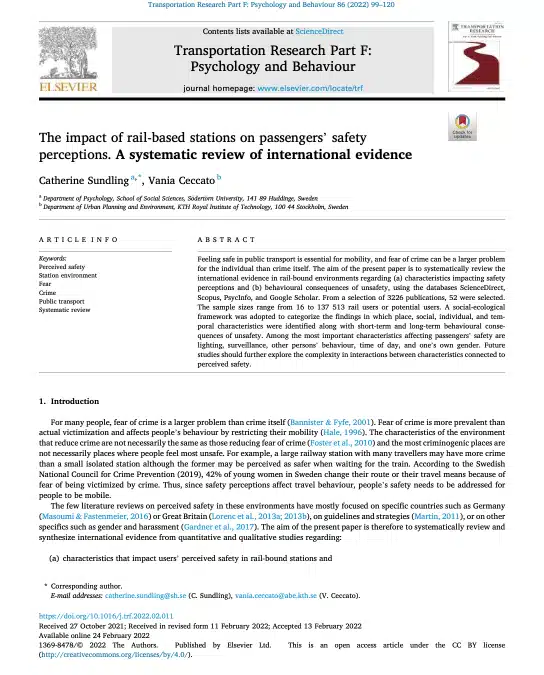
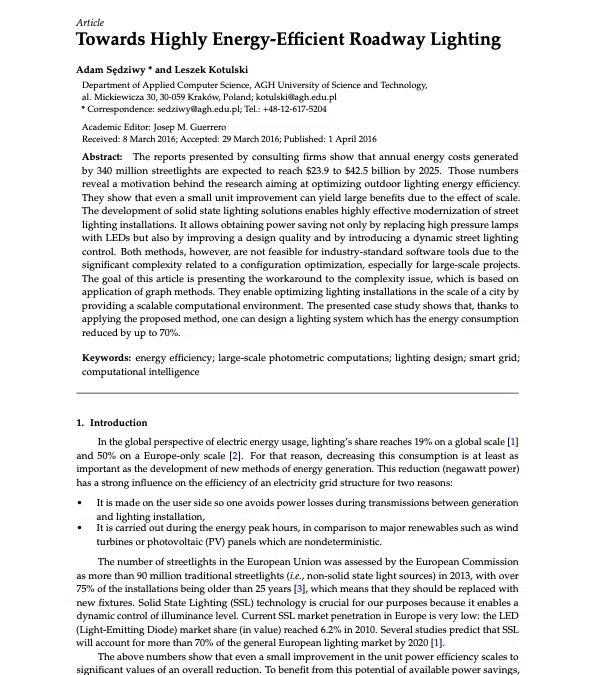
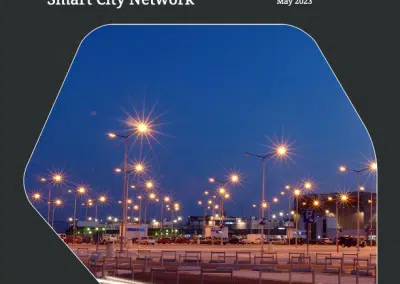
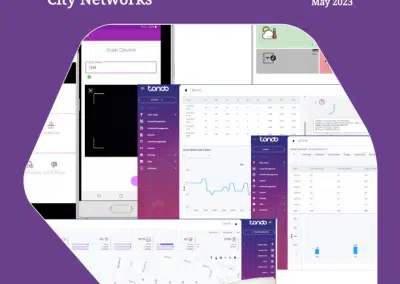
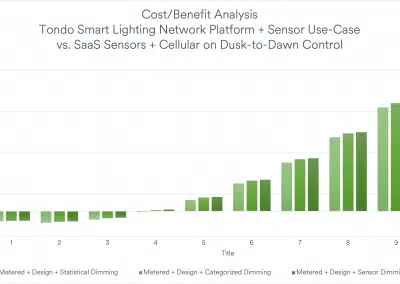
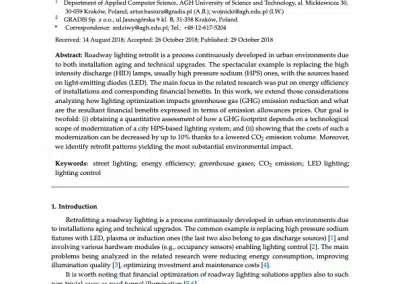

0 Comments